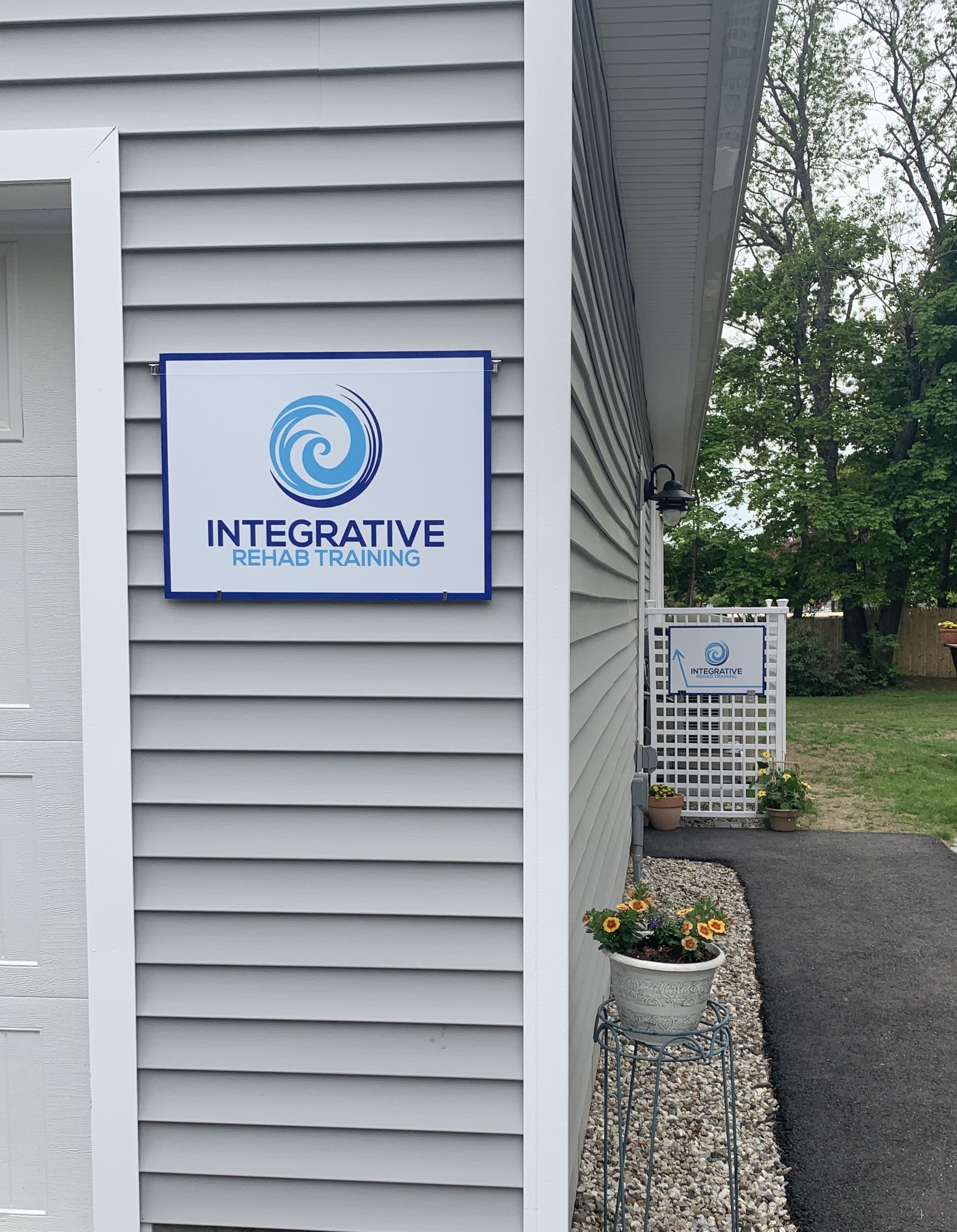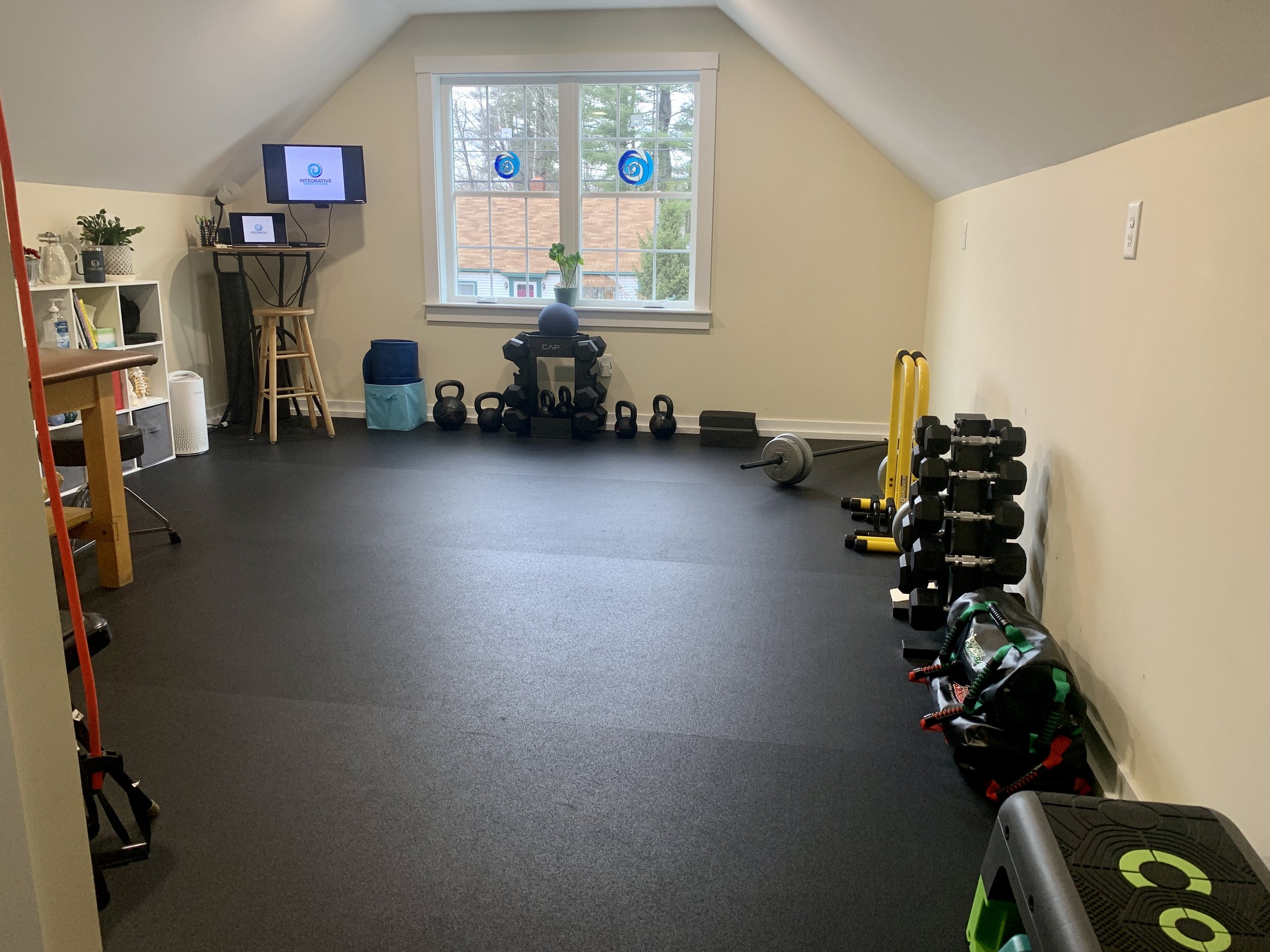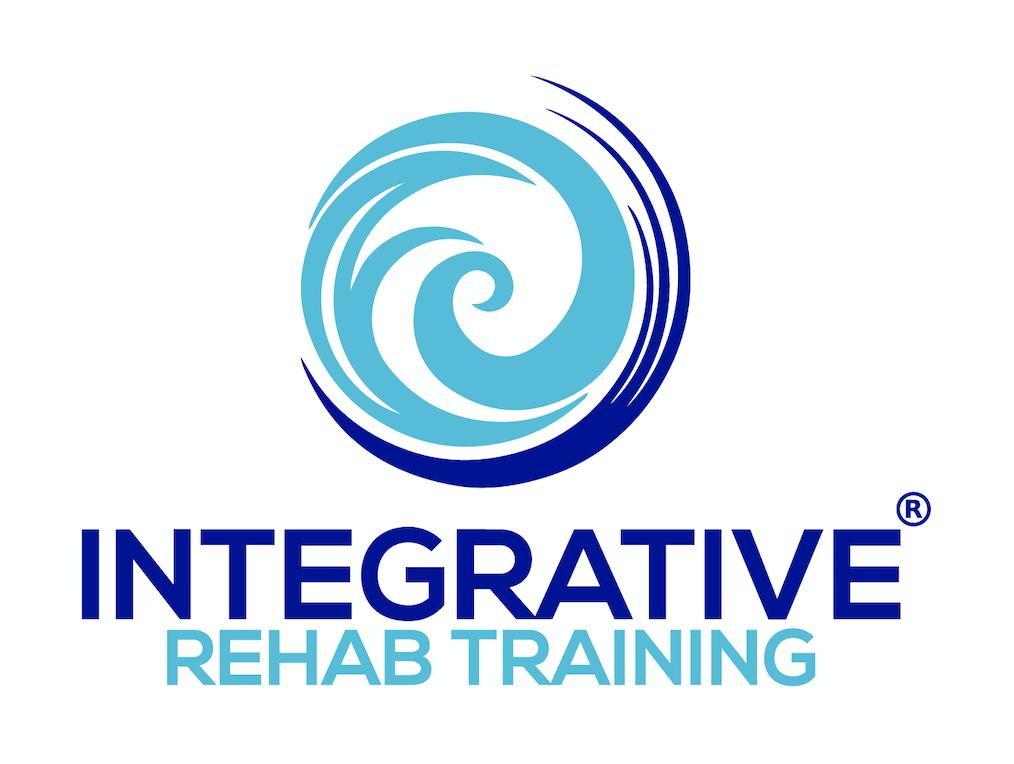"Bad" Exercises Made Good?
"A picture is worth a thousand words" is a classic idiom suggesting that a photograph can explain—or at least help explain--a complex concept. In many ways the phrase has merit and often times can be beneficial in creating an image which can fill in the blanks or clarify a point. In the rehabilitation or training world, it can also be used to help with creating a teaching moment by demonstrating a technique or activity which is meant to provide content for others to learn from. One of the challenges, however, is that in many cases it is also situational and has little to no context to work with. While explanations can be beneficial in helping fill in that context, there are still a multitude of variables which cannot possibly all be explained in a brief explanation or post. In today’s world of social media, one can view a training/rehab picture online and do one of a number of different things:
- Use the basis of the picture to help give new ideas of things to implement or incorporate into one’s already existing programming
- Reinforce or build on concepts already being put into place
- View the picture as it stands and judge or critique certain aspects of it, both positively or negatively
- Admire the color schemes, background, care with which one took to create a positive image, etc.
- Recognize that it is something that maybe doesn’t make sense to them, don’t see too many situations where something like that would be applicable, or realize that some professionals just do things differently
What does happen far too often is things can get lost in translation--option #3 above. Consideration on things such as cues being offered to the person who is performing the activity or being able to appreciate what it is being used for specifically instead becomes an opportunity to critique. Judgement is potentially drawn on the person who posted the image or who the subject(s) are and some potentially good information becomes mired down in opinions and, in some cases, emotion.
That being said, I am not suggesting that activities that are truly bad for most people should not be called out. We should not turn a blind eye to those in the industry that are out to promote themselves, a technique or a program which will give our respective fields a bad name. However, I am suggesting that care be given to ask questions and engage in constructive dialogue instead of trying to dispel, discredit or act with disdain towards something like a still image unless adequate dialogue has happened which may prove helpful in explaining things further or clarify points not clear in the photograph.
As with most training/rehab activities, there is a risk to reward ratio:
- Will a particular activity potentially increase the risk of someone getting injured or creating another problem, regardless of intent.
- If so, is it worth it and why?
- What is the client's particular goals by performing it and does it align with the professionals comfort level with letting or encouraging them to perform it.
- Professionals should be clear about what they feel is best for their clients, even if it means potentially losing someone who wants to do things one is not comfortable with.
- When working with athletes at the higher/highest level, many of them recognize that they only have a period of time to be able to do what they are doing and as a result are willing to make more sacrifices to be able to continue doing what they are doing.
- What is the professional's goals for performing a potentially questionable activity?
- We have to move on from the "coolness" factor of prescribing activities and be realistic if they make sense.
- In group setting in particular, one size does not fit all.
- There are many things being done in "boot camps" and other higher level group classes where some of the participants should not be performing them. If it were a one-on-one session, the professional would likely not prescribe those things for that particular person.
Let’s use this picture as an example. This picture is of Lebron James performing back extensions over a physioball while someone is (apparently) holding his heels.

This is a great example of a picture being taken out of context. Taken on the surface, it is not something I would typically use for my patients or clients. It is easy to look at it and think that he is using all back extensor muscles and increasing spinal extension in this activity and in particular with someone who has a history of back problems, it doesn't make sense to me to be prescribing it.
But let's look at things a bit differently. Lebron's requirements for his sport and his level of play and athletic ability are different than most of the clients we manage. Looking at the following pictures, I think it's fair to say that this man definitely needs some back extensor strength....and control.


And what about cueing and the appropriate targeted areas of activity while performing it? If I were prescribing that exercise and instructing him, I would make sure of a few things:
- proper inhalation/exhalation sequencing through exhalation on lifting and lowering (for pelvic and respiratory diaphragms integration with the abdominal wall) and inhaling when in the lowered position, focusing on good back expansion
- control of his thoraco-abdominal wall for co-contractive ability to reduce the degree of back extensor activity and aid in eccentrically allowing safe back extension
- holding the heels in a more flexed knee position with pre-tensioning of hams and positioning the ball in a way to facilitate proximal hamstrings to decrease anterior pelvic tilt
- encouraging thoracic and cranial retraction
With all that in place, and looking at his individual needs based on the demands of his sport, this might very well be something that is indicated. In the hands of the right person, and with the proper cues and muscle activity in place, this might actually be something he really would benefit from.
With a firm foundation of the requisite mechanics in place of respiratory balance, positional control and understanding of tri-planar movement, there are very few bad exercises out there.... just some that are better than others for the individual's needs.







